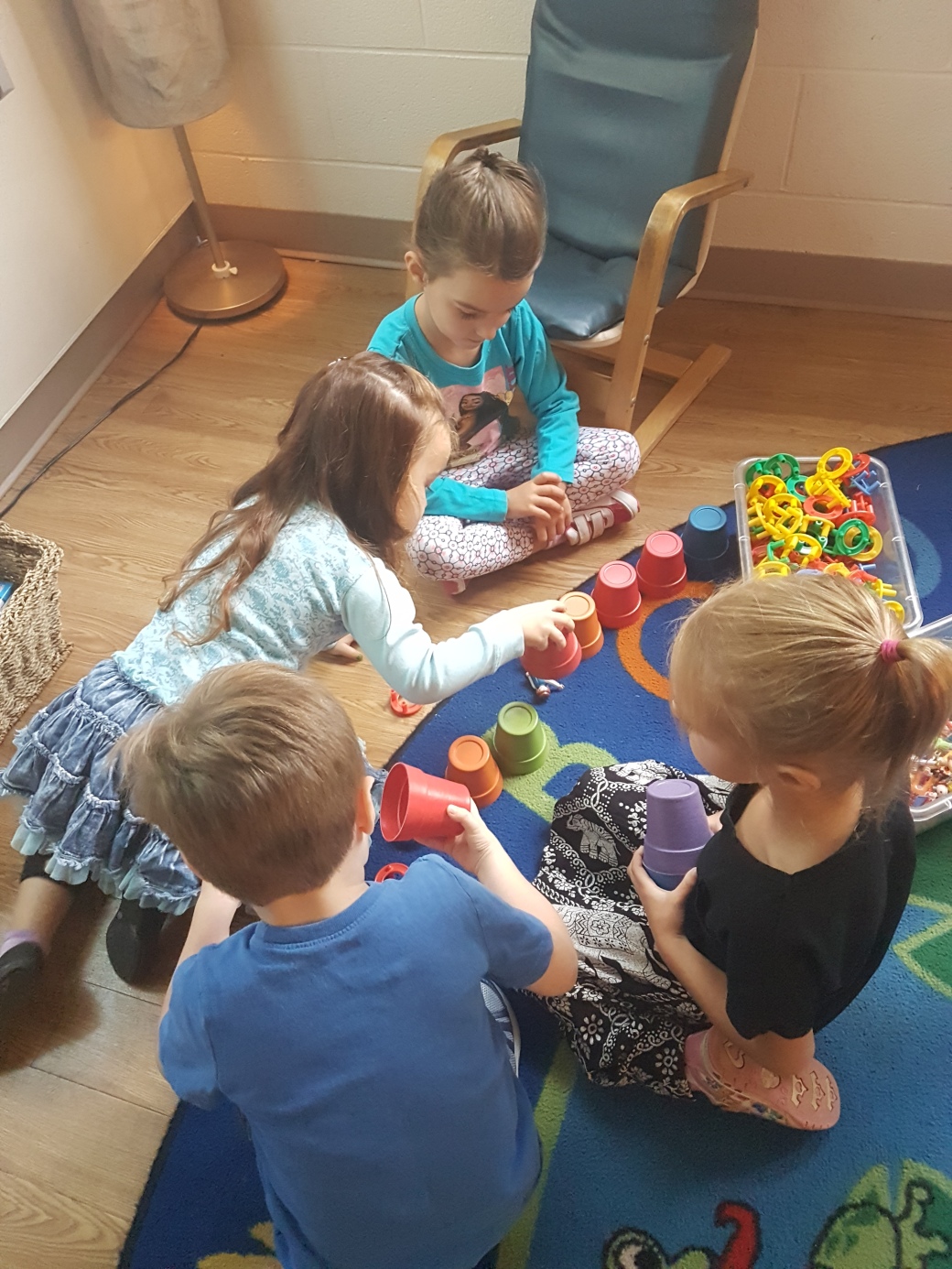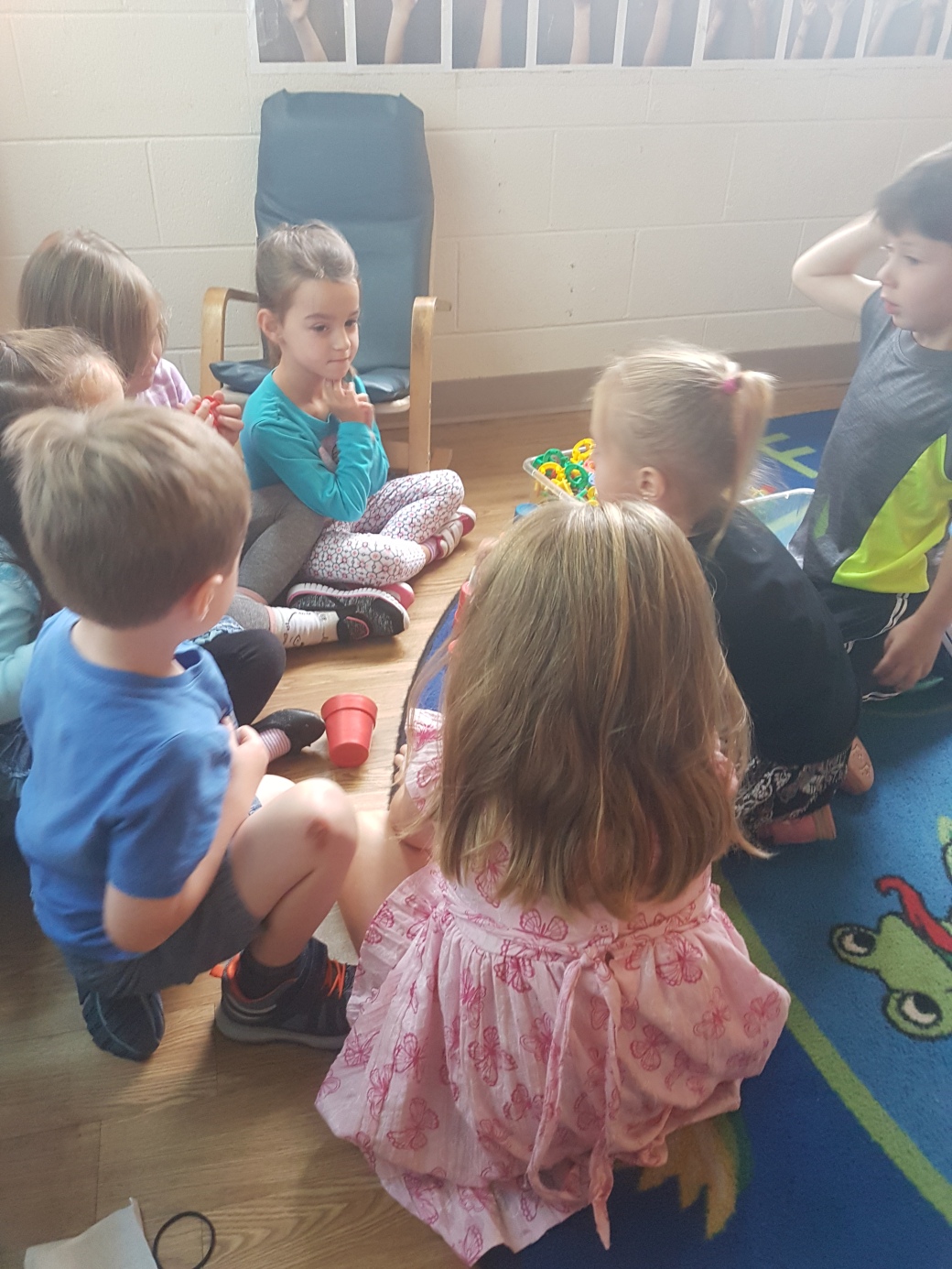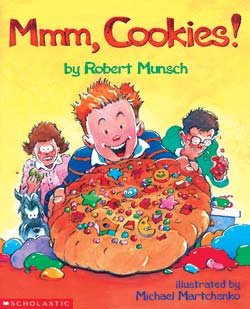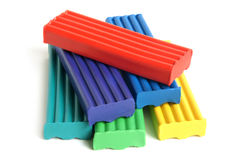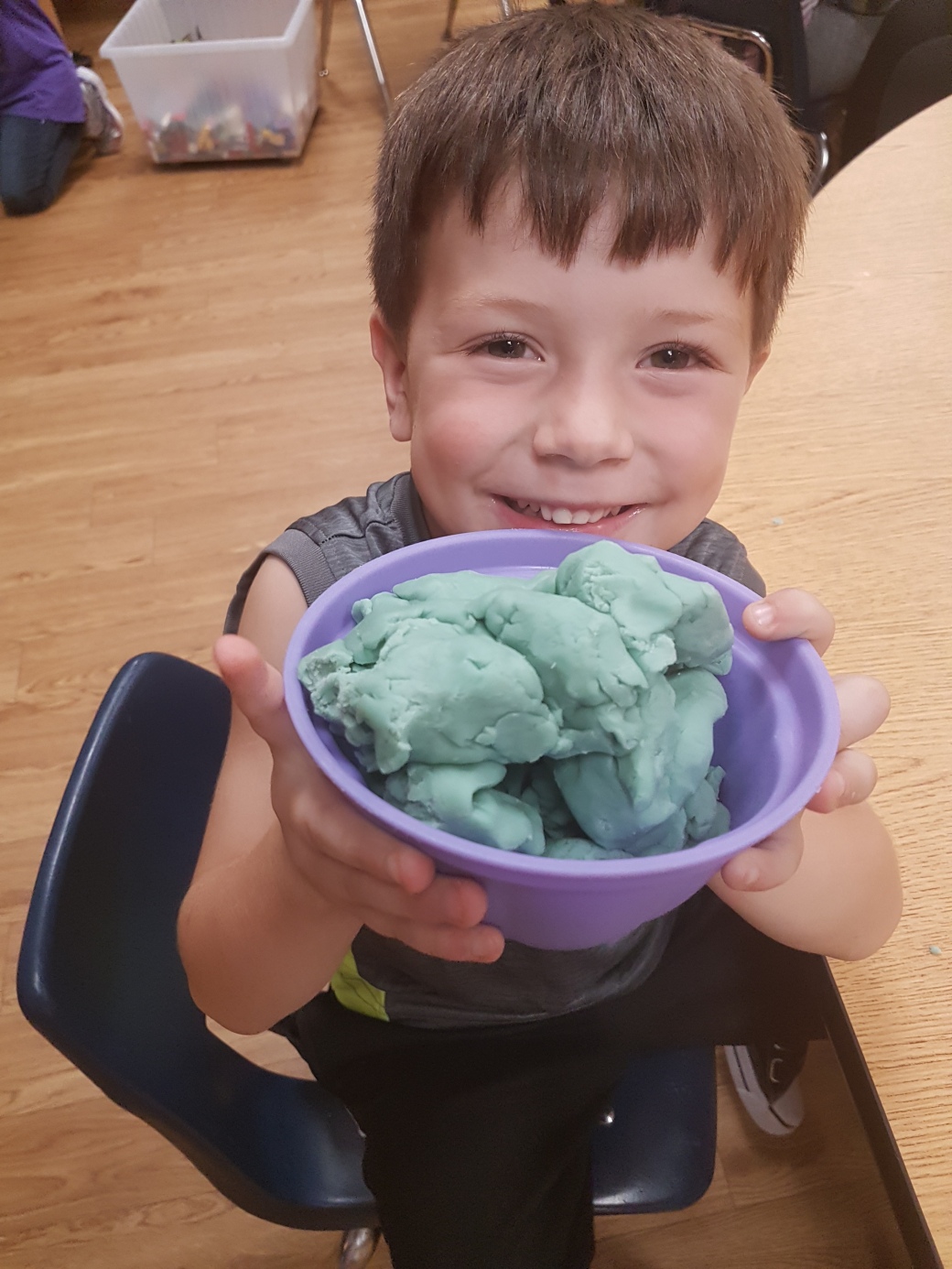As we get into Autumn, we thought it would be fun to make orange playdoh with pumpkin pie spice to really get into the season. This was a perfect opportunity to ask our students what colour is made from mixing yellow and red. The answers shocked us, especially from our senior kindergarten students. We decided to turn our playdoh-making into an experiment. The first step was to hypothesize by recording our student’s ideas.
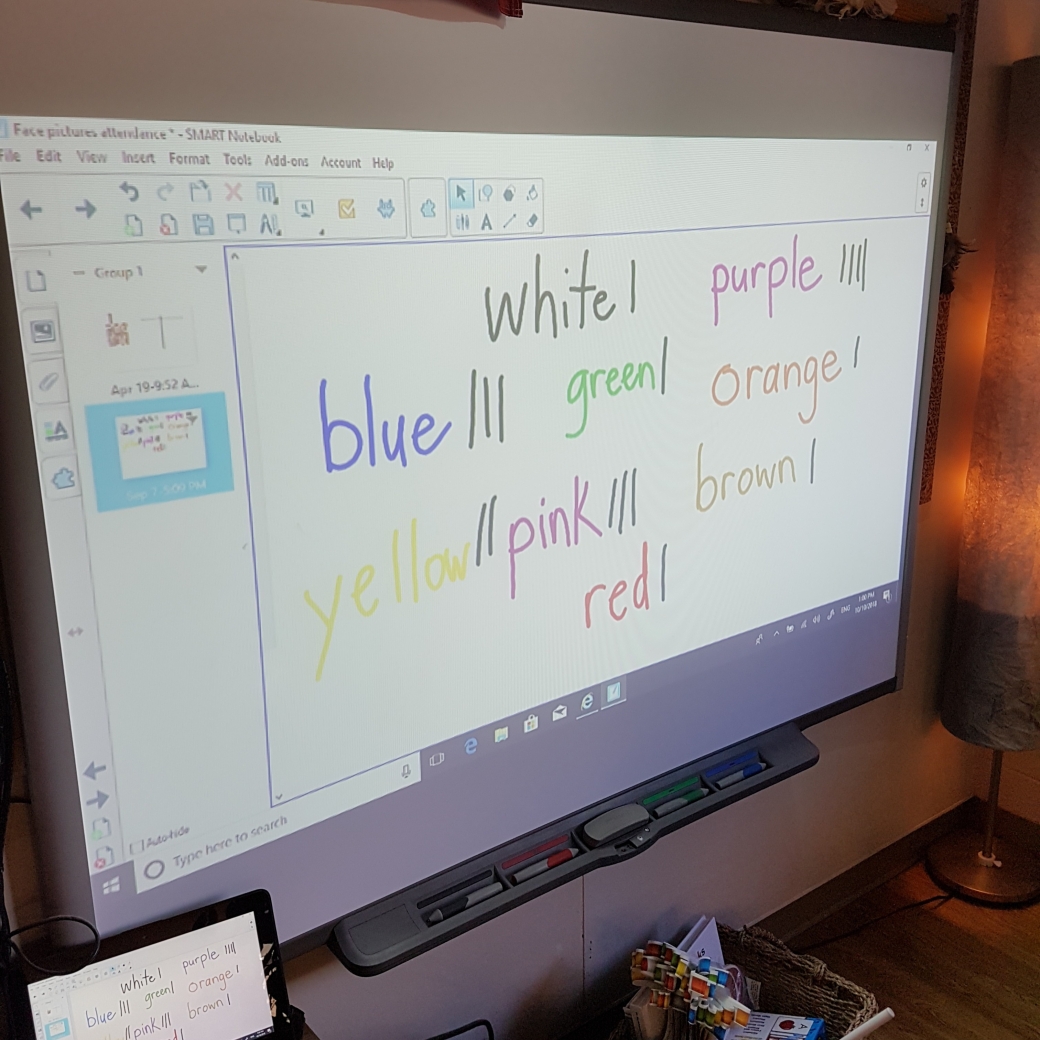
We proceeded to make two batches of playdoh. One became yellow and one became red (pink). This is always a fun activity in our room! As we worked, students remained adamant that the playdoh would change into the colour they each predicted.
When we were ready, we called over all of the students who wanted to complete our experiment by mixing the colours. Everyone was excited to find out if they were right in their predictions.
To follow up on this eye-opening experience, we created a new opportunity after we read a story about how pumpkins grow: It’s Pumpkin Time! by Zoe Hall. We chose the book because of the painterly illustrations.
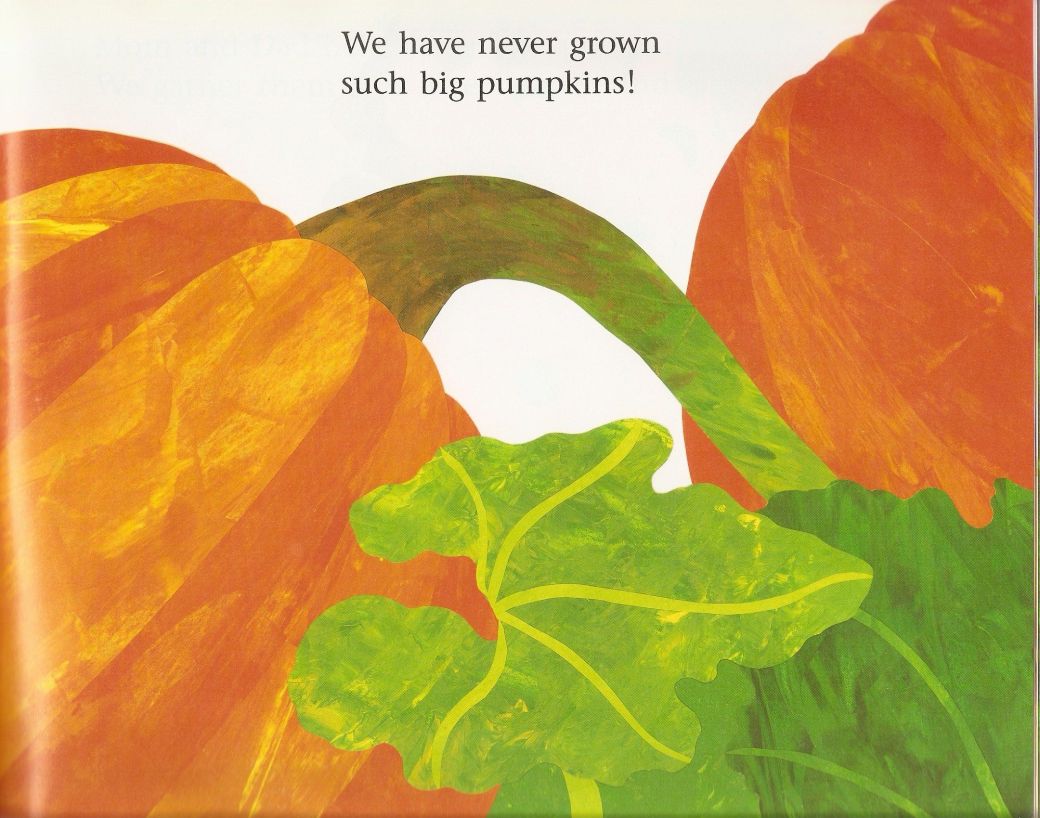
We asked our class what colours have to be mixed to make green and we recorded the answers. Once again, we were surprised that so many students did not know the answer. It was time for another experiment.
It was great to see the excitement on the faces of the students discovering that yellow and blue made green. They made all kinds of observations about how the green looks more blue or more yellow depending on how much paint was being used. One student even noticed that she was making teal on her section of the paper!
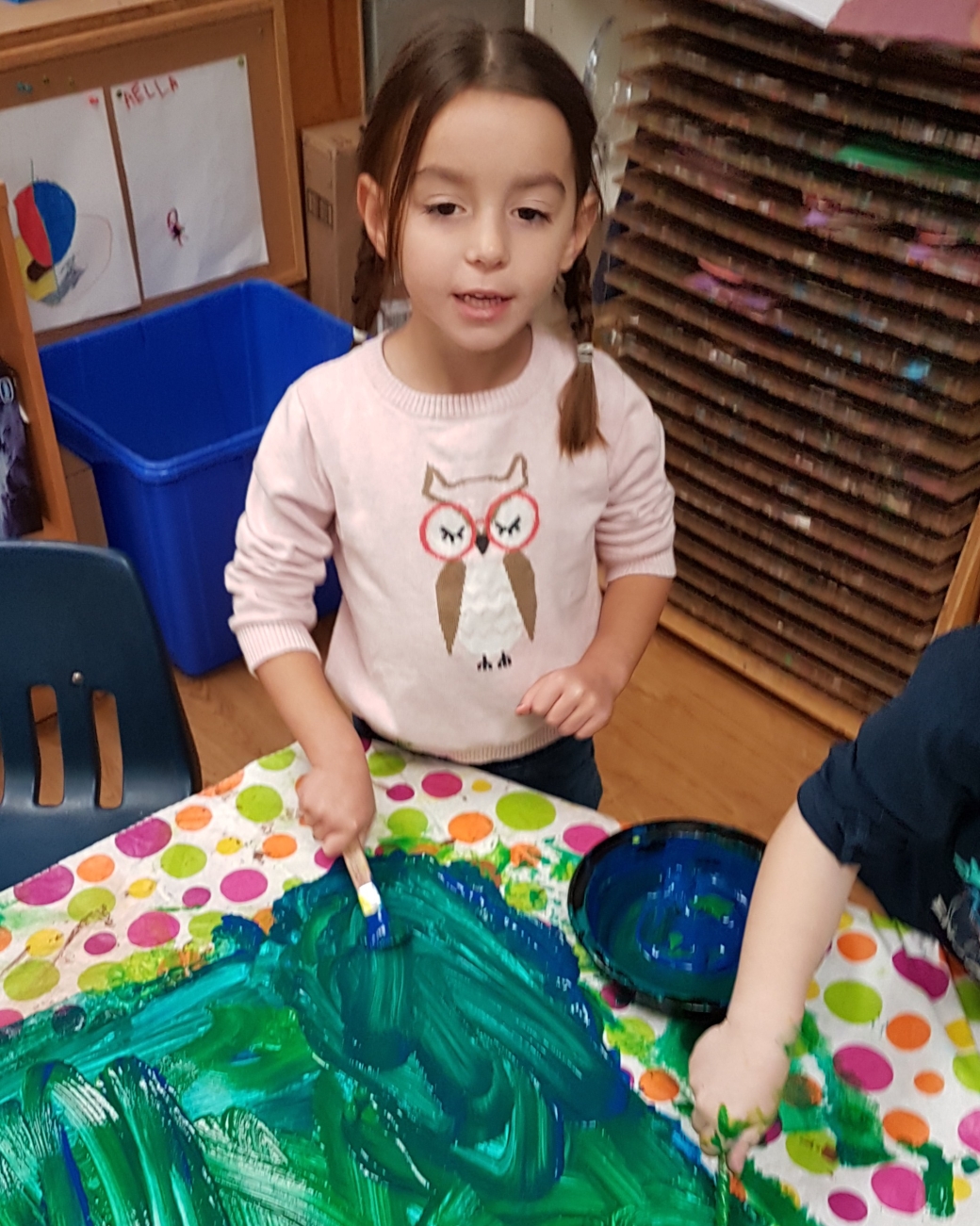
By helping to discover the answers themselves, our students are getting a more authentic learning experience. We are hearing them tell their families about their new colour knowledge at pick up time too. We already have some new books about colour ready for the following school day and ideas are swirling about how we can help students ‘discover’ purple next!




























